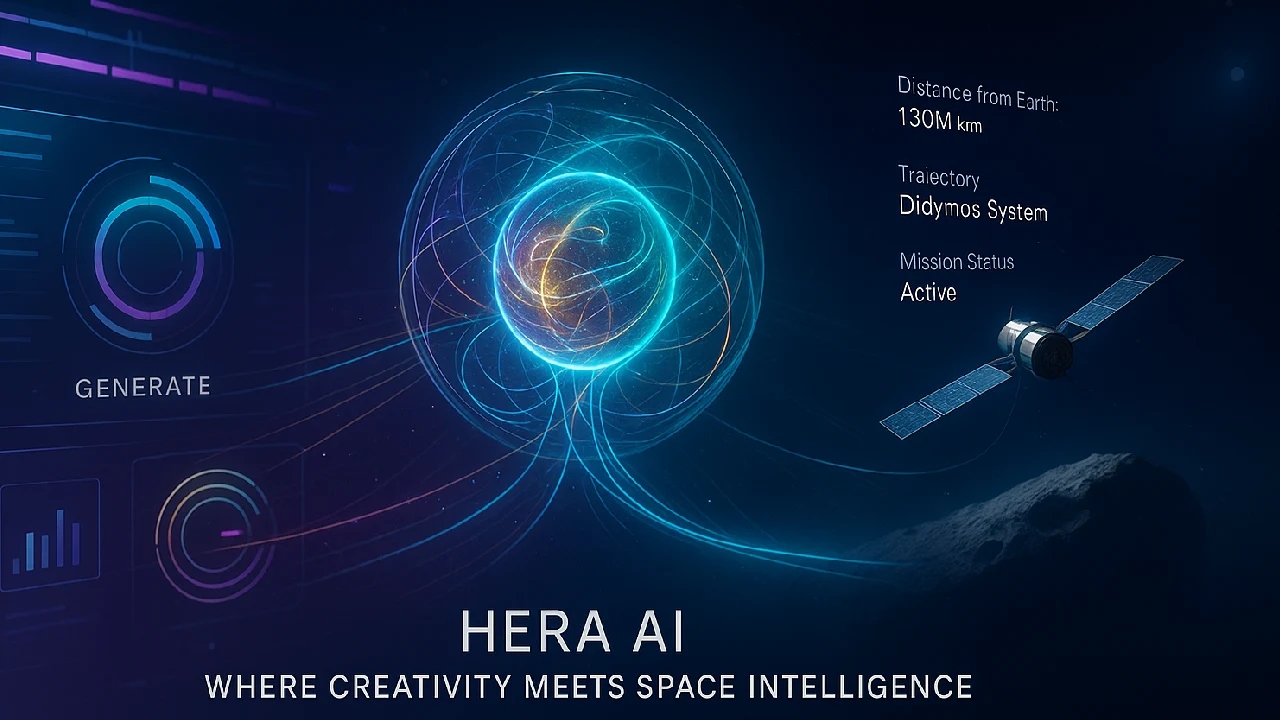Meshy AI converts text and photos into 3D models in only minutes, making 3D design simple, rapid, and production-ready for artists worldwide.

Meshy AI is a sophisticated AI 3D model generator that helps designers bring their ideas to life in seconds. It simplifies modeling by providing ready-to-use 3D objects in addition to textual suggestions. It is popular among game developers, XR creators, and 3D printing fans because it speeds up asset production, makes it more enjoyable, and is surprisingly accessible.
What is Meshy AI
Meshy AI is a San Diego-based firm that advertises itself as the #1 AI 3D model generator for creators. Its purpose is straightforward: make 3D creation easy and accessible to everyone. The platform offers text-to-3D, image-to-3D, AI texturing, and animations, simplifying complex workflows with only a few clicks. It is available on the web and Discord and caters to both pros and enthusiasts, with free daily generation and Pro tiers for larger projects.
Key Features and How It Works
Meshy AI offers four standout capabilities:
- Text to 3D → Convert written descriptions into fully realized 3D models in under a minute.
- Image to 3D → Upload 2D art or concept sketches to generate detailed 3D models.
- AI Texturing → Create 4K PBR textures from text prompts or enhance your own models.
- Animation → Rig characters easily with 500+ animations, supporting biped and quadruped rigs.
Meshy also supports remeshing, stylistic choices, Blender/Unity/Unreal plugins, and a developer API. This makes it flexible for developing games, printing miniatures, and creating virtual reality settings.
Why Meshy AI Matters for Creators
Traditional 3D modeling is slow, technical, and requires years of practice. Meshy changes that by offering:
- Speed → Models in less than a minute.
- Accessibility → Even beginners can create production-ready assets.
- Creative freedom → Iterate rapidly with prompts and styles.
- Cross-platform use → Supports OBJ, FBX, USDZ, STL, GLB, and BLEND formats.
Meshy significantly reduces time-to-market for indie game studios and VR/AR artists alike. It also serves as a prototyping engine for placeholder models before employing artists for final refinement.
Limitations and User Feedback
While Meshy AI has made big strides, users highlight areas for improvement:
- Hard surface models like weapons or furniture sometimes lack clean edges.
- Character realism can be hit-or-miss, especially with human faces.
- Prompting skill matters — vague inputs often produce unexpected results.
- Texture errors such as stretched UVs occur occasionally.
- Performance issues on lower-end laptops may cause slowdowns.
Nonetheless, many agree that Meshy AI is light-years ahead of where it was a year ago, with the latest Meshy 5 version bringing improved accuracy and reliability.
Future Outlook
Meshy AI is not intended to replace human 3D artists, but rather to enhance creativity. It is already a must-have tool for rapid prototyping, indie ventures, and VR exploration. Meshy is well-positioned to become a cornerstone of AI-assisted 3D workflows in 2025 and beyond, thanks to constant improvements, Discord community support, and better connectors.
FAQ Section
Q: Is Meshy AI better than traditional 3D modeling software?
A: Meshy AI is faster and easier, generating models in minutes, while traditional software offers more polish and control. Many creators use Meshy for prototyping before final refinement.
Q: Can Meshy AI generate realistic human characters?
A: Meshy has improved in character modeling, but highly realistic humans remain challenging. For detailed accuracy, artists often refine Meshy outputs in Blender or Maya.
Q: What formats does Meshy AI support for exports?
A: Meshy supports OBJ, FBX, USDZ, GLB, STL, and BLEND, making it compatible with most game engines, 3D printing setups, and animation pipelines.







